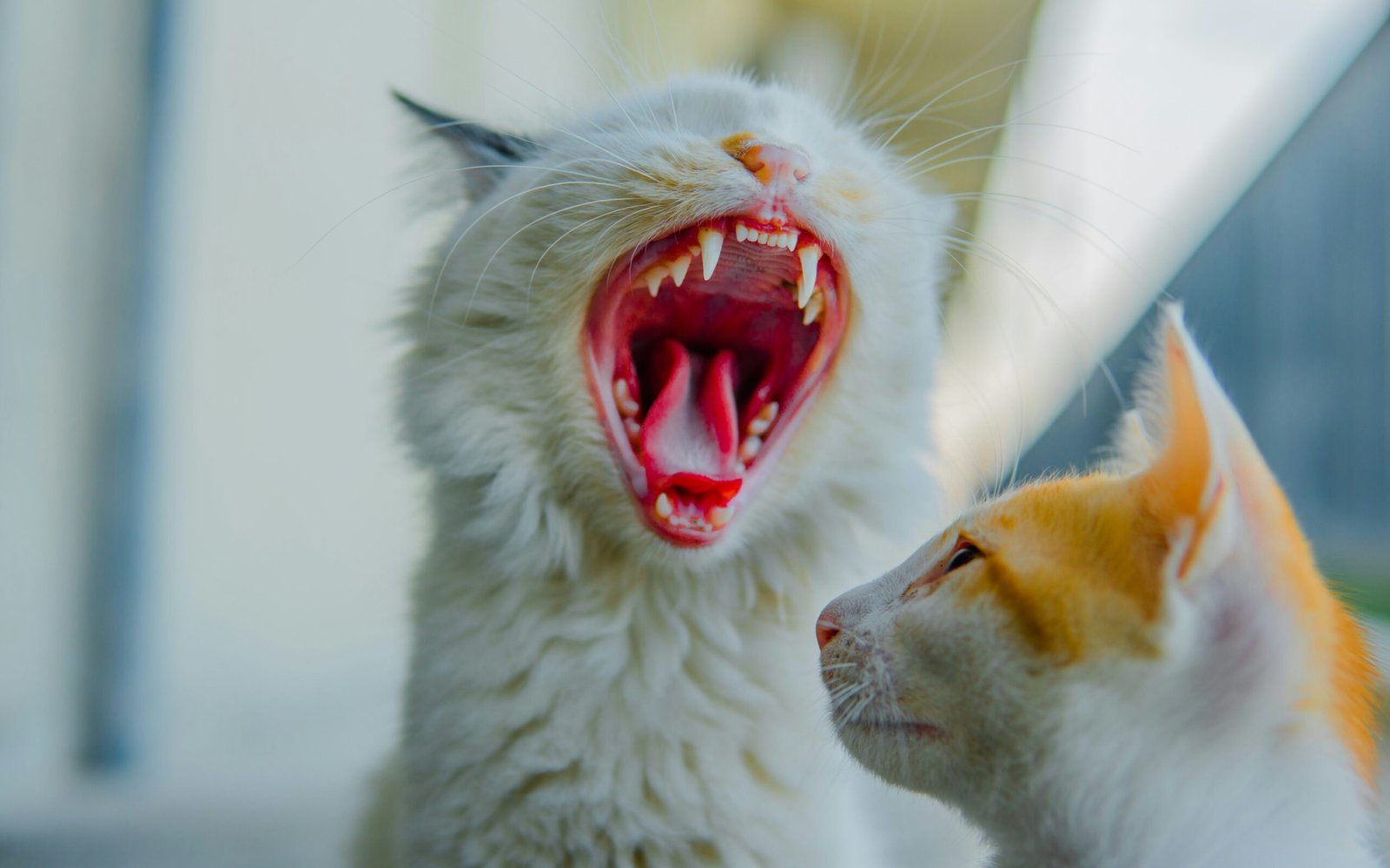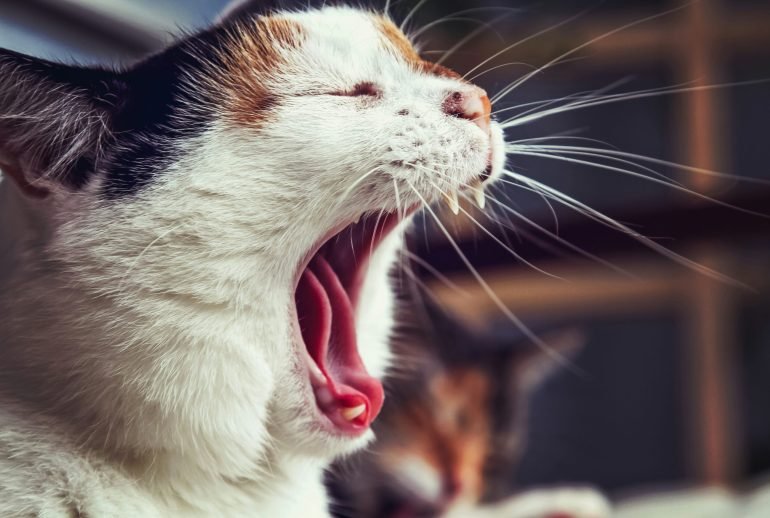Hypoallergenic cats—it’s a term that brings hope to millions of people who love felines but suffer from allergies. The common misconception is that cat allergies are caused by a cat’s fur. In reality, the primary culprit is a protein called Fel d 1, which is found in a cat’s saliva, urine, and skin. When a cat grooms itself, this protein spreads onto its fur and then into the environment. While no cat is 100% hypoallergenic, certain breeds produce significantly less of this protein, making them a more suitable option for allergy sufferers. This article will explore the concept of hypoallergenic cats and introduce you to the top 10 breeds that are known to be friendlier to those with allergies.
Understanding the Cause of Cat Allergies
Before we dive into the list of hypoallergenic cats, it’s important to understand what causes the allergic reaction. The Fel d 1 protein is a small, sticky molecule that easily becomes airborne and clings to surfaces. It’s what triggers symptoms like sneezing, itchy eyes, and a runny nose. The amount of Fel d 1 a cat produces can vary by breed, individual cat, and even gender (males tend to produce more). The good news is that there are cats that produce this protein in much smaller quantities, making them excellent candidates for a home with allergy sufferers.

The Top 10 Hypoallergenic Cat Breeds
Here are ten of the most popular and well-known hypoallergenic cats that are a great choice for individuals with mild to moderate cat allergies.
- Siberian: Despite their long, thick coats, Siberians are one of the best choices for allergy sufferers. They are known to have a lower-than-average level of Fel d 1 in their saliva.
- Balinese: Often called the “longhaired Siamese,” the Balinese is a graceful cat that produces very little Fel d 1 protein. They are a true hypoallergenic cat breed.
- Russian Blue: Known for their striking silver-blue coats and emerald green eyes, Russian Blues produce less of the Fel d 1 protein and also shed very little, making them a top choice.
- Bengal: This exotic-looking breed, a hybrid of a domestic cat and an Asian Leopard Cat, has a unique coat that requires less grooming. This reduces the amount of saliva-based protein that gets spread.
- Devon Rex: The Devon Rex has a very short, fine, wavy coat that sheds minimally. They are an ideal choice for anyone seeking a hypoallergenic cat with a playful personality.
- Cornish Rex: Similar to the Devon Rex, the Cornish Rex has a very short, soft coat. They are a good option because they shed very little dander, which is the primary carrier of the Fel d 1 protein.
- Sphynx: The Sphynx is often the first breed people think of when they hear the term hypoallergenic cats. Because they are hairless, the protein from their saliva doesn’t get trapped in a coat and they can be easily bathed to wash it away.
- Oriental Shorthair: The Oriental Shorthair is a sleek and elegant breed with a very short coat that sheds infrequently. This minimal shedding makes them a good option for allergy-prone individuals.
- Javanese: The Javanese cat has a medium-length single coat, which means they lack the undercoat that most cats have. This makes them shed less and produce less dander, fitting the definition of a hypoallergenic cat.
- LaPerm: Known for their curly coat, LaPerm cats shed very little. Their unique coat structure is less likely to trap allergens, making them a good option for people with allergies.

Tips for Living with a Cat When You Have Allergies
Even with one of these hypoallergenic cats, some individuals may still experience mild symptoms. Here are some tips to help you manage living with a cat while having allergies:
- Frequent Grooming: Brush your cat regularly to remove loose hair and dander.
- Create “Cat-Free” Zones: Designate certain areas of your home, like the bedroom, as off-limits to your cat.
- Invest in an Air Purifier: High-quality HEPA filters can effectively remove allergens from the air.
- Regular Cleaning: Vacuum frequently with a vacuum cleaner that has a HEPA filter and wash bedding and curtains to remove dander.
Choosing a hypoallergenic cat is an excellent first step, but a combination of breed selection and proactive management is the best way to ensure a harmonious home for both you and your feline friend.
Conclusion:
Finding the right cat is a deeply personal choice, and for allergy sufferers, the challenge is even greater. While no cat can be guaranteed to be completely non-allergenic, the breeds listed above offer a much better chance for a happy, sneeze-free relationship. By understanding what causes allergies and choosing a breed known for its low Fel d 1 production, you can make an informed decision and finally welcome a feline companion into your life. The concept of a hypoallergenic cat is real and achievable for many people.
Sources:


